Resurgence
Liova Bueno composer
Joanna Estelle composer
L Peter Deutsch composer
Paul Halley composer
Catherine Neville composer
Ray Fahrner composer
John A. Carollo composer
Ovidiu Marinescu cello
Noreen Cassidy-Polera piano
What happens when two world class performers unite in their efforts to carry on the traditions and collaborative spirit of classical music? Cellist Ovidiu Marinescu and pianist Noreen Cassidy-Polera share a shining example on RESURGENCE.
Featuring the works of several contemporary composers, this Navona Records release offers reflections on emergence and transformation, the throes of long distance love, the great artists of our past and present, the fusion of several musical influences, and more. Leveraging refined elegance in sound and raw virtuosity in approach, RESURGENCE is a thoughtful exploration into the expressive capabilities of the cello and the piano both as individual entities and a cohesive voice.
Listen
Stream/Buy
Choose your platform
Track Listing & Credits
| # | Title | Composer | Performer | |
|---|---|---|---|---|
| 01 | Alma Caribeña | Liova Bueno | Ovidiu Marinescu, cello; Noreen Cassidy-Polera, piano | 5:53 |
| 02 | Valsa da saudade (Waltz of Longing) | Joanna Estelle | Ovidiu Marinescu, cello; Noreen Cassidy-Polera, piano | 5:14 |
| 03 | Cello Fantasia | Paul Halley | Ovidiu Marinescu, cello | 8:06 |
| 04 | Awakening | L Peter Deutsch | Ovidiu Marinescu, cello; Noreen Cassidy-Polera, piano | 3:26 |
| 05 | Three Movements of Sun and Shadow: II. Adagio | Catherine Neville | Ovidiu Marinescu, cello; Noreen Cassidy-Polera, piano | 4:02 |
| 06 | Three Movements of Sun and Shadow: III. Reflective | Catherine Neville | Ovidiu Marinescu, cello; Noreen Cassidy-Polera, piano | 5:41 |
| 07 | Becoming | Ray Fahrner | Ovidiu Marinescu, cello | 8:05 |
| 08 | We Will Never Witness Another of His Kind: I. Con Bravura | John A. Carollo | Ovidiu Marinescu, cello; Noreen Cassidy-Polera, piano | 5:11 |
| 09 | We Will Never Witness Another of His Kind: II. Animato | John A. Carollo | Ovidiu Marinescu, cello; Noreen Cassidy-Polera, piano | 4:45 |
| 10 | We Will Never Witness Another of His Kind: III. Baile! | John A. Carollo | Ovidiu Marinescu, cello; Noreen Cassidy-Polera, piano | 2:54 |
| 11 | We Will Never Witness Another of His Kind: IV. Delicato, Tristezza | John A. Carollo | Ovidiu Marinescu, cello; Noreen Cassidy-Polera, piano | 9:09 |
Recorded November 27-28 & December 18-20, 2023 at Madeline Wing Adler Theater, West Chester University in West Chester PA
Session Producer & Engineer Brad Michel
Assistant Engineer Lucas Paquette
Editing, Mixing & Mastering Brad Michel
Executive Producer Bob Lord
VP of A&R Brandon MacNeil
A&R Danielle Sullivan, Chris Robinson
VP of Production Jan Košulič
Audio Director Lucas Paquette
Production Manager Martina Watzková
Production Assistant Adam Lysák
VP, Design & Marketing Brett Picknell
Art Director Ryan Harrison
Design Edward A. Fleming
Publicity Aidan Curran
Digital Marketing Manager Brett Iannucci
Artist Information
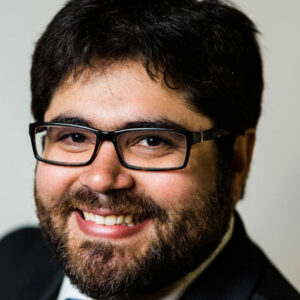
Liova Bueno
Liova Bueno's music is performed in concerts and music festivals internationally, from Europe, the United States, and across Canada to countries in Central and South America. He has received commissions from and has collaborated with various ensembles, including Cuarteto de Bellas Artes (Mexico), Vox Humana Chamber Choir (Victoria, B.C.), the Victoria Choral Society (Victoria, B.C.), the London Symphony Orchestra (U.K.), the Janáček Philharmonic Orchestra (Czech Republic), BRNO Contemporary Orchestra (Czech Republic), the Illinois Modern Ensemble (Illinois), the Orquesta Sinfónica Nacional Juvenil and members of the Orquesta Sinfonica Nacional (Dominican Republic), and members of the Victoria Symphony.
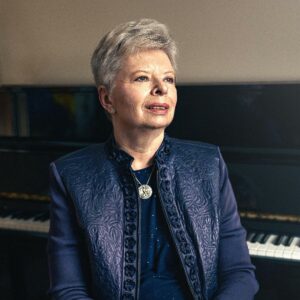
Joanna Estelle
Joanna Estelle (Storoschuk) is a Canadian composer, lyricist, and arranger, born of Ukrainian parentage. Her music has won critical acclaim from Parliament Hill, Ottawa (Canada) to London (United Kingdom), Barcelona (Spain), Carnegie Hall (New York City), and elsewhere around the world. Estelle studied classical piano and theory with the Royal Conservatory of Music (Toronto) as a young person, but her parents deterred her from pursuing music as a career. Instead, she graduated in Psychology and English (Brock, 1972), then went on to study management accounting. However, her enthusiasm for music never waned.

Paul Halley
Paul Halley is one of Australia’s most popular composers of classical music, blending elements of traditional classical styles with a distinctive modern edge. Drawing on influences from the classical masters such as Beethoven, Bach and Mozart, Halley also draws inspiration from sources as varied as medieval music and film music. With his beautifully melodic and intensely dramatic music he has captivated audiences and made a reputation for himself as a composer of highly accessible contemporary classical music.
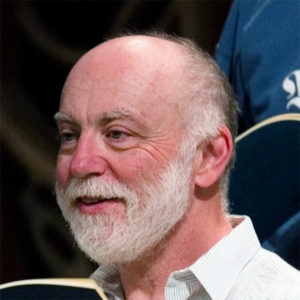
L Peter Deutsch
L Peter Deutsch is a native of Massachusetts, now living in Sonoma County CA, and British Columbia, Canada. He writes primarily for small instrumental or a capella vocal ensembles, spanning styles from devotional to romantic to jazzy, and from Renaissance to early 20th century. Works to date include four choral commissions; releases through PARMA Recordings include music for chorus, string quartet, woodwind and brass quintets, piano trio (featuring work with Trio Casals), and full orchestra.

Catherine Neville
Catherine Neville (b. 1974) is a composer of concert music for instrumental ensembles and choir. An alumna of Interlochen Arts Academy, her experiences as a clarinetist and music theorist led to studying composition with Jeff Nichols. She holds degrees in composition from the Aaron Copland School of Music in Queens, NY, in Music Education from Hofstra University, and in Performance (clarinet) from the State University of New York at Stony Brook.
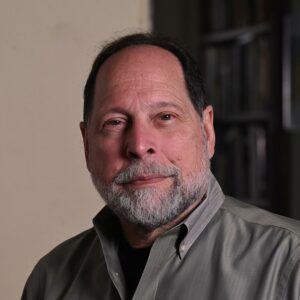
Ray Fahrner
Ray Fahrner composes in eclectic styles and conducts all manner of music in Cambridge MA. Fahrner began his composition studies with Robert Wason and Arnold Franchetti at Hartt College of Music, University of Hartford, subsequently studying with Scott Huston and Norman Dinerstein at the College-Conservatory of Music, University of Cincinnati, where he received his doctorate in 1980.
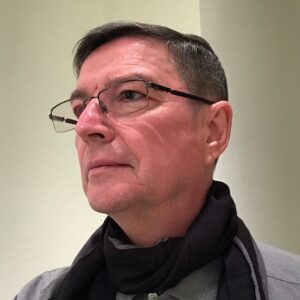
John A. Carollo
John A. Carollo was born in Torino, Italy and brought to the United States by his adoptive parents. When he was in grade school, he studied classical piano and sang in the church choir. While attending college in San Diego CA, he studied music and psychology. During this time, Carollo took piano lessons and began composing his first piano works. He graduated from San Diego State University being granted a master’s degree in clinical psychology.
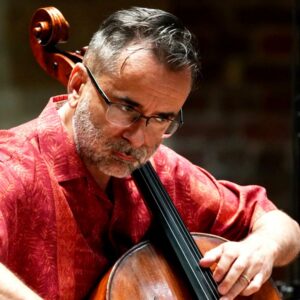
Ovidiu Marinescu
Ovidiu Marinescu is internationally recognized as a cellist, composer, conductor, and educator. He has performed at Carnegie Hall, Weill Hall, Merkin Hall (New York), the Great Hall of the Moscow Conservatory, Holywell Room in Oxford, Oriental Art Center in Shanghai, and has appeared as soloist with the London Symphony, New York Chamber Symphony, the National Radio Orchestra of Romania, Moscow Chamber Orchestra, Helena, Great Falls, Portsmouth, and Newark Symphonies, Southeastern Pennsylvania Symphony Orchestra, Cleveland Philharmonic, Limeira Symphony in Brazil, Orquesta de Extremadura in Spain, and most of the professional orchestras in his native Romania. The album LONDON CELLO CONNECTION features Marinescu and London Symphony Orchestra in eight newly-commissioned cello concertos by North American composers.

Noreen Cassidy-Polera
Pianist Noreen Cassidy-Polera ranks among the most highly regarded and diverse chamber artists performing today. She maintains a career that has taken her to every major American music center and abroad to Europe, Russia, and Asia. Recent performances include those at Alice Tully Hall, Zankel Hall and Weill Recital Hall at Carnegie Hall, 92nd Street Y, Jordan Hall, Isabella Stewart Gardner Museum, Kennedy Center, and Salle Cortot. She has appeared at the Caramoor, Bard, Grand Teton, and Cape Cod music festivals, and has performed with the chamber music societies of Philadelphia and La Jolla. She has recorded for Sony, EMI, Audiophon, and Centaur Records.



